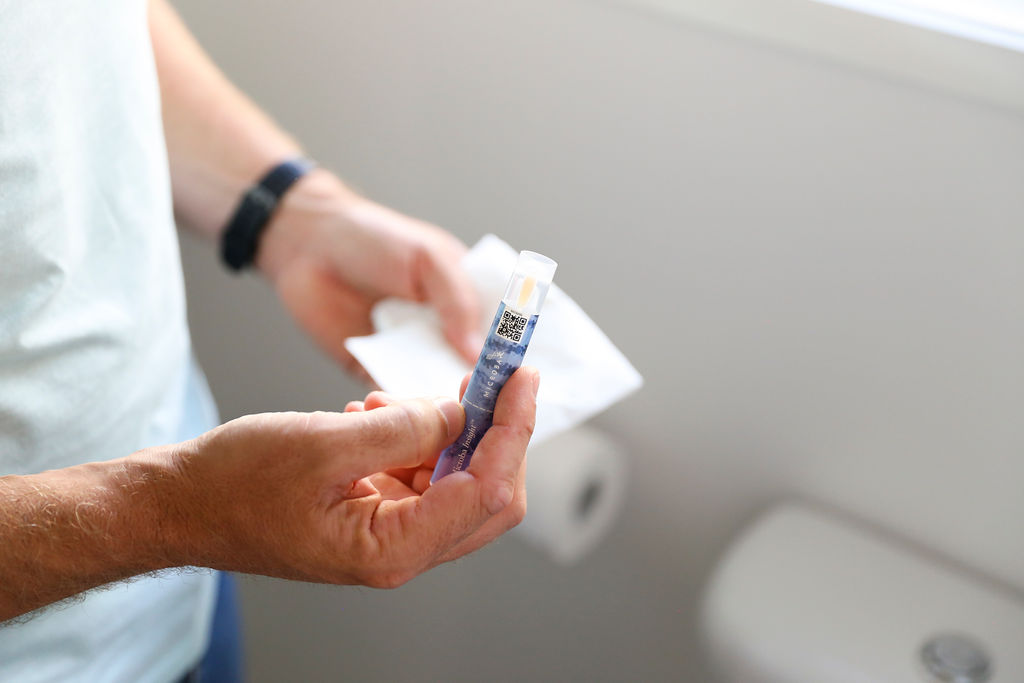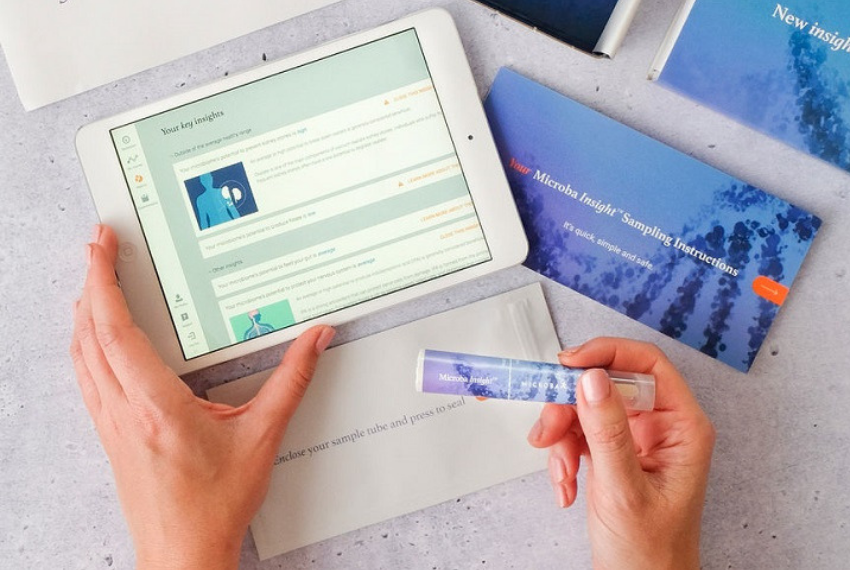
Who is living in your gut and what are they doing? We can answer those questions using stool testing.
The technology used has come a long way over the past decades making it easier to view the gut microbiome in finer detail. Leading the charge is metagenomic sequencing, which can provide a species-level profile of the microorganisms living in a person’s gut, as well as information on what those microorganisms are capable of doing.
Each person’s gut microbiome consists of a community of hundreds of known species of microorganisms, and scientists use a method called “metagenomics” (meaning many genomes) to try and make sense of it.
A genome is the complete set of DNA for an individual organism and in any one stool sample there can be many hundreds of different microorganisms, and thus, genomes.
The DNA sequencing tools used in metagenomics only work with small fragments of DNA, so when samples are processed in the laboratory the genomes of the microorganisms must be broken into small pieces. Once these small pieces of DNA are sequenced, they are like individual pieces of a puzzle that need to be put back together to build the original picture of the individual microorganisms.

Interested to see the full picture of your gut microbiome? Find out more with Microba Insight™.
Putting the pieces together
There are a few challenges with metagenomics that make it harder than a normal jigsaw puzzle.
Firstly, with metagenomes you don’t just have one puzzle (i.e. a single organism) – you are working with hundreds of different puzzles that have all their pieces jumbled together in the same pile, and you need to work out not just where a piece fits, but also which puzzle it belongs to.
Secondly, you don’t have the original boxes that the pieces came in, so you can’t just look at the picture on the lid to get an idea of where a piece might go and what the result should be. You need to go through each piece one by one and see if it fits with the other pieces you have. This needs to happen for each of the hundreds of puzzles there are. This is all done without knowing exactly how many puzzles there might in your pile!

It is a slow process, so thankfully we can use powerful computers to speed things up. As we start to complete some of the puzzles, we can get a clear indication of which microorganisms are in a sample. However, often we are left with some puzzles that are incomplete or only have a single piece (because the process that breaks the DNA into small pieces also loses some of them). For those leftover pieces, there is no easy way of identifying what picture they may make up. A common approach is to just put those pieces in the bin.
Microba is good with puzzles
We’ve completed many of these puzzles before, and we keep a record of the “pictures” when we complete them. This means that when we find a new piece, we can check to see if it matches something we’ve seen before. This is what we call the Microba Genome Database, and this reference database of genomes contains many tens of thousands of microorganisms, many of which don’t exist in public databases. It makes our puzzle solving faster and more accurate than other methods.
Microba’s approach is also different to others because when we find a piece that doesn’t seem to fit anywhere else, rather than throw it away we put it aside into a special container. As we do more and more puzzles, we often find new pieces that fit with those spare pieces (because different people can have the same microorganisms in their gut). We can then start to complete new puzzles. When that happens, we can make a record of it and add it to our reference database, so in the future we can quickly build that puzzle and identify the microorganism.

Not only is Microba regularly updating the genome database, we are building the most comprehensive and largest database of microbiome and associated health information. This all happens from our laboratory at the Translational Research Institute, at the Princess Alexandra hospital in Brisbane, Australia. By doing this, Microba can start to work out what these novel microorganisms might be doing in our gut and how they might be contributing to health and disease.
These discoveries will lead to a better understanding of how our gut influences our health, and might even be developed into treatments for diseases.
Industry-leading performance
We’ve compared how we analyse samples with other leading methods, and Microba consistently performs better in terms of identifying the correct organisms that are there (true positives) as well as not reporting things that aren’t there (false positives).
Microba is providing unique insights to Australians, health care practitioners and research groups using metagenomic sequencing. In fact, more than 10,000 tests have been run by Microba in the last 15 months!
What this all means is that Microba is best placed to solve the puzzle of who is in your gut microbiome and provide you with the most accurate and detailed information about the microorganisms in there. This can help you gain insight into any puzzling questions you might have about your gut, and let you know what bacteria are living there and what they might be doing that influences your health every day.

Discover what your gut microbiome could reveal about you. Learn more about Microba Insight™.
This microbiome test is not intended to be used to diagnose or treat medical conditions. A full disclaimer is available here


